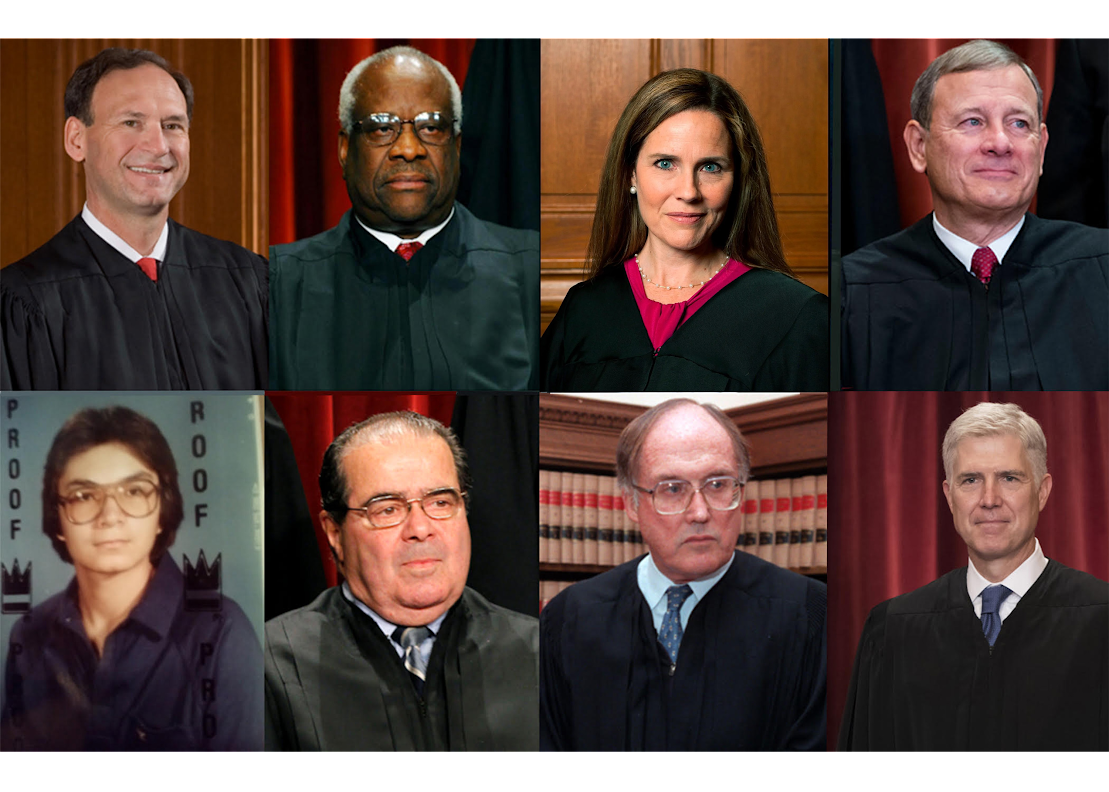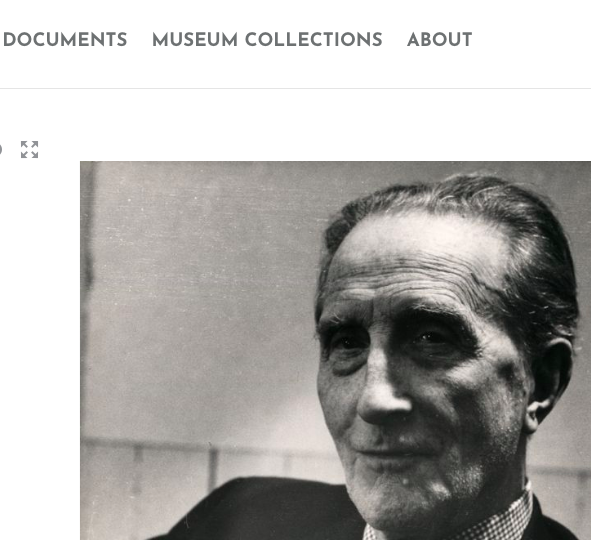
On Tuesday, April 19, 2011, the Seventh Circuit Court of Appeals denied Chapman Kelley’s petition for an en banc rehearing. For those who don’t habla, an en banc is a hearing of a case where all judges of a court hear the case, rather than a panel of them. Three judges heard Kelley’s first appeal, and had they approved a rehearing en banc, I believe a panel of fourteen judges would have heard Kelley’s appeal.
On a related note, the Seventh Circuit also refused to accept an amicus brief written by Volunteer Lawyers for the Arts and the New York law firm of Robins, Kaplan, Miller & Ciresi.
The Art Newspaper has more here. For more on the previous Seventh Circuit decision, click here.
April 18th, 2011 by Sergio Muñoz Sarmiento in
Criminal
Piss Christ, the one-hit-wonder by Andres Serrano, was attacked and destroyed today at the museum of contemporary art in Avignon, France. It’s believed that two “Catholic activists” entered the museum and destroyed the photograph “with a hammer, spray paint, and an icepick.”
Via CultureMob.

I’m Sorry, 2010. Angie Waller. Copyright 2010 Angie Waller.
New York City based artist Angie Waller has produced many great art projects, among which are two dealing directly with copyright (God bless her!).Waller will be exhibiting these two projects in New York at the Center for Book Arts‘ 2010 Artists-in-Residence Workspace Program. The exhibition runs from April 15, 2011 – June 25, 2011, and was organized by Sarah Nicholls. Waller was also a 2010 Art & Law Residency fellow.
One of Waller’s projects, I’m Sorry (2010),
explores originality in the context of appropriation and plagiarism. The text of the book consists of excerpts from public apologies for plagiarism composed in hand set type. Each page includes errors inherent to the hand set type process, such as damaged type, upside-down and backwards letters. The apology is re-printed on each page until all technical errors have been corrected. The repeated texts play with the idea of exposure to other’s ideas and the slippery slope between influence, appropriation, and outright “theft.”
The other project, Originality Compass (2010), is a
[b]ook and volvelle (wheel chart) that reconfigures twenty copyright infringement cases based on the objects in question. (For instance Art Rogers v. Jeff Koons becomes Puppies vs. String of Puppies.) The book includes a wheel chart, Originality Compass, which abridges the cases to the essential judgments about originality. The court decisions presented in the compact scale of the disk provides a birds-eye view into the subjectivity of the arguments that vary on a case by case basis. In contrast to this, the wheel chart as a measuring device suggests that definitive answers are being provided. Originality: Cases and Materials, the accompanying book, presents the case research for the Originality Compass wheel chart. The book consists of copies of the source material court cases with underlining and margin notes that highlight aesthetic contemplations in the court.
For those wishing to hear more about this project, you’re in luck. There will be an artist talk regarding this exhibition on Wednesday, May 18th, at 6:30pm at the Center for Book Arts.

Yesterday, artists from around Texas organized a protest and an artist quit Austin’s Arthouse board of directors after Arthouse at the Jones Center eliminated its only curatorial position. The artists also allege that Arthouse mishandled some artists’ work.
According to Austin360.com,
Arthouse allowed Warner Music Group to rent its galleries and to modify Hudson’s exhibit “Rehearsal at the Astoria” for a corporate promotional event during the South by Southwest Music Festival. The Visual Artists Rights Act of 1990 grants artists the right to prevent modification to their artwork. In Feburary, Handelman’s video exhibit, “Dorian, a Cinematic Perfume,” was shut down abruptly during hours when Arthouse’s teen programs were in session. Handelman was not notified of the action until afterward.
Hmmm. This is interesting. Would the artists, Graham Hudson and Michelle Handelman, actually pursue a VARA – moral rights claim against Arthouse? Or, is this a negotiation ploy to bring back a full-time curator?
I just mentioned the fair use double-edged sword this morning, and as luck would have it, a perfect example arrived in my e-mail box a few hours ago. Oh, by “perfect example” I mean the (obvious) “fair use” hypocrisy when it comes to free-for-all appropriation of copyrighted works. What, exactly, am I talking about?
David Byrnes (Talking Heads guru), has settled his copyright infringement lawsuit against former Republican Florida Gov. Charlie Crist over the unauthorized use of the Talking Heads song “Road To Nowhere” in a 2010 political ad. Charlie Crist is a Republican. Crist used Byrnes’ song while running as a Republican candidate. Charlie Crist is a Republican. And, oh, yes, Crist is a Republican. In case I haven’t mentioned it, Crist is a Republican.
I wonder what the “free culture” lobbyists have to say about fair use, free culture, and the world is our public domain oyster when it comes to a Republican politician using an artist’s song without the artists permission? We certainly know what Byrne thinks…and it’s not good for Republicans.
April 12th, 2011 by Sergio Muñoz Sarmiento in
Copyright
Yes, there are those that are still crying and lamenting the Cariou v. Prince fair use decision. For those who see the bigger picture, there’s a little article over at Frieze that delves into the aesthetics of corporate advertisements. Thinking about how television commercials borrow ideas from contemporary artists (see the Apple-Marclay example here), Christopher Bedford, Curator of Exhibitions at the Wexner Center for the Arts, does art a great service to intellectual property and art by not conflating inspiration with appropriation or, better yet, bastardizing copyright law.
More importantly, Bedford highlights what many “free culture” lobbyists miss: that if blatant copying without transformation is allowed, it would not only be artists who would profit from this system. Corporations would be free to use artists’ works without consent for the sole purpose of marketing goods and services. One can see it now, Felix Gonzalez-Torres’ candy pieces by Pfizer; Robert Smithson’s Spiral Jetty by Monsanto; and Mary Kelly’s Post-Partum Document by Viagra. Where are the “free culture” lobbyists now?
Bedford’s use of tired critical theory aside, his conclusion does bring to mind the current art world hypocrisy vis-a-vis Richard Prince’s blatant theft of Patrick Cariou’s photographs:
Perhaps these advertisements feel exploitative and dirty not because they represent bad examples of sculptural abstraction or installation art, but because they demonstrate how easily our system of aesthetic values can be generalized, reduced to a formula, and used.
So, remember, kids, inspiration is not copying, ideas are not protected by copyright, and appropriation still requires transformation. That simple.
In response to a lawsuit filed by local artist Melanie Gold, the Village of Greenwood Lake, NY has agreed to repeal what Gold contended was an unconstitutional “Art Ban” the Village enacted on November 1, 2010. The Village has agreed that it will not attempt to pass a future law, or enact or enforce a present law, that violates the First Amendment.
As part of the settlement, the Village has also agreed to rescind both violations of the Village’s sign ordinance that were issued to a building owner as a result of the art installation, and the Village has publically stated that it appreciates Gold’s professional efforts to beautify the Village.
Gold was represented pro bono by the New York City law firm, Robins, Kaplan, Miller & Ciresi LLP. The case came to the firm’s attention through New York’s Volunteer Lawyers For The Arts.
Via PR Newswire.










